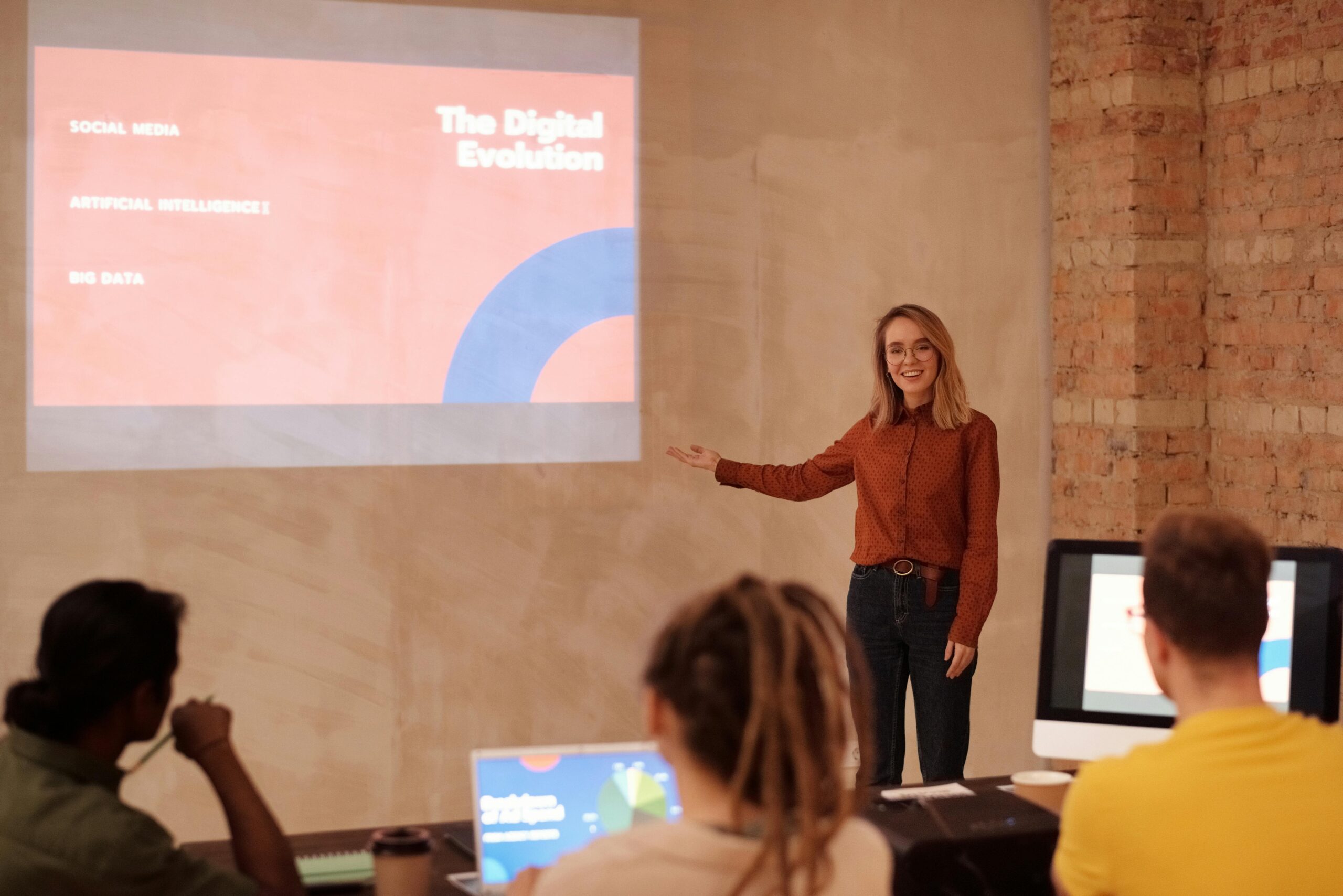The metaverse is revolutionizing how we form connections, offering unprecedented opportunities to build relationships that transcend physical boundaries and redefine human interaction.
🌐 The Dawn of a New Social Paradigm
Virtual relationships in the metaverse represent a fundamental shift in how humanity connects, communicates, and creates meaningful bonds. As digital spaces become increasingly sophisticated, millions of people worldwide are discovering that emotional connections can flourish just as authentically in virtual environments as they do in physical reality. The metaverse isn’t simply replacing traditional social interactions—it’s expanding the very definition of what relationships can be.
This digital revolution has transformed everything from casual friendships to romantic partnerships, professional networks to community gatherings. Unlike traditional social media platforms that offer two-dimensional interactions, the metaverse provides immersive three-dimensional experiences where avatars can meet, communicate through voice and gesture, and share activities in real-time. The psychological impact of these interactions often mirrors face-to-face encounters, creating genuine emotional resonance that participants describe as surprisingly real.
The technology driving these virtual worlds combines virtual reality headsets, augmented reality interfaces, blockchain-based economies, and sophisticated artificial intelligence. Together, these elements create persistent digital universes where relationships can develop organically over time. Users aren’t just visiting these spaces—they’re living portions of their lives there, forming bonds that carry significant emotional weight and practical value.
💫 Understanding Virtual Intimacy and Emotional Authenticity
One of the most fascinating aspects of metaverse relationships is how genuine emotional intimacy develops between people who may never meet physically. Research in digital psychology reveals that the perceived anonymity and safety of virtual environments often encourages deeper self-disclosure than traditional settings. When freed from physical appearance judgments and geographical constraints, individuals frequently express their authentic selves more freely.
The avatar-based nature of metaverse interaction creates unique dynamics. Users carefully craft digital representations that may reflect their ideal selves, aspirational identities, or experimental personas. This process of avatar creation and customization becomes an extension of identity formation, allowing people to explore different aspects of themselves while connecting with others. Some psychologists argue this enhances authenticity rather than diminishing it, as people connect based on personality, values, and shared interests rather than superficial physical attributes.
Voice communication adds another layer of connection. Many metaverse platforms support spatial audio technology, where sound appears to come from the direction of the speaker’s avatar, mimicking real-world acoustic experiences. This technological feature, seemingly minor, profoundly affects how natural conversations feel. Combined with avatar body language and gesture tracking, these interactions can feel surprisingly intimate and emotionally resonant.
🎮 Gaming Worlds as Relationship Incubators
Massively multiplayer online games have served as proto-metaverse spaces for decades, and they’ve long been fertile ground for relationship formation. Games like VRChat, Rec Room, and Second Life have documented countless friendships, romantic partnerships, and even marriages that began as virtual encounters. The shared experience of overcoming challenges, achieving goals together, and spending significant time in these environments creates strong bonding opportunities.
What makes gaming-based relationships particularly robust is the collaborative nature of gameplay. Whether raiding dungeons, building virtual structures, or simply exploring fantasy worlds together, these shared activities create memories and experiences that participants value as genuine life events. The emotional investment in these activities translates into emotional investment in the relationships formed during them.
Gaming communities within the metaverse often develop their own cultures, inside jokes, traditions, and social norms. Becoming part of these communities provides a sense of belonging that fulfills fundamental human needs for acceptance and connection. For individuals who struggle with social anxiety or feel marginalized in their physical communities, these virtual spaces can offer vital social lifelines and opportunities for meaningful engagement.
❤️ Romance in Digital Dimensions
Virtual romantic relationships represent perhaps the most controversial yet increasingly common form of metaverse connection. Couples meet at virtual concerts, go on dates to digital beaches, and develop deep emotional and sometimes physical intimacy through their avatars. While skeptics question whether such relationships can be “real,” participants describe experiences of falling in love that feel entirely genuine.
The development of haptic feedback technology is adding new dimensions to virtual romance. Haptic gloves and suits allow users to feel sensations when their avatars touch, creating a physical component to virtual intimacy. While this technology is still developing, it points toward a future where the line between virtual and physical relationships becomes increasingly blurred.
Long-distance relationships particularly benefit from metaverse technologies. Couples separated by geography can “be together” in ways that phone calls and video chats don’t facilitate. They can watch virtual sunsets, attend events, play games, and share experiences that create stronger relationship satisfaction than traditional long-distance communication methods. Some couples maintain hybrid relationships, spending time together both physically when possible and virtually when apart.
🤝 Professional Networks and Business Relationships
The metaverse isn’t exclusively about personal connections—professional relationships are flourishing in virtual spaces as well. Virtual offices, conference centers, and networking events provide opportunities for business relationships that combine the convenience of remote work with the rapport-building benefits of face-to-face interaction.
Companies are establishing permanent presences in metaverse platforms, hosting meetings, training sessions, and team-building activities in virtual environments. These interactions often feel more engaging than traditional video conferences because they incorporate spatial awareness, body language, and environmental context. Employees report feeling more connected to remote colleagues after working together in shared virtual spaces.
Networking in the metaverse offers unique advantages. Professionals can attend multiple events without travel costs or time investment, meet international contacts without leaving home, and establish relationships that would be impossible in purely physical contexts. The democratization of access means emerging professionals can connect with industry leaders who might be unreachable in traditional settings.
🎨 Creative Collaboration and Artistic Communities
Artists, musicians, writers, and creators of all types are discovering that the metaverse provides exceptional platforms for collaboration and community building. Virtual art galleries allow creators to display work to global audiences, while collaborative tools enable real-time co-creation that wasn’t previously possible.
Music performances in virtual venues have become particularly popular, with artists hosting concerts attended by thousands of avatar-represented fans. These events create shared experiences that bond attendees together, forming communities around musical genres, specific artists, or virtual venues themselves. Fans form friendships with others they meet at these events, relationships based on shared aesthetic preferences and cultural interests.
The creative process itself becomes more social in metaverse environments. Writers collaborate on stories in virtual writing rooms, visual artists paint together on shared canvases, and musicians jam in studios that exist only in digital space. These collaborative experiences foster relationships built on mutual creative respect and shared artistic vision.
🌍 Cultural Exchange and Global Understanding
Perhaps one of the metaverse’s most profound social impacts is its facilitation of cross-cultural relationships. Geographic and economic barriers that traditionally limited international friendships largely disappear in virtual spaces. A teenager in rural India can befriend someone in urban Brazil, developing genuine understanding of different cultures, perspectives, and life experiences.
Language barriers are being addressed through real-time translation technologies integrated into metaverse platforms. While not perfect, these tools enable basic communication between people who don’t share languages, opening relationship possibilities that would be impossible otherwise. The experience of navigating communication challenges often strengthens rather than weakens these cross-cultural bonds.
Virtual tourism is emerging as another avenue for cultural connection. Users can visit recreations of historical sites, cultural landmarks, and contemporary locations worldwide, often guided by local residents who share insights about their cultures. These educational interactions frequently evolve into ongoing friendships that broaden participants’ worldviews and challenge provincial thinking.
⚠️ Challenges and Considerations in Virtual Relationships
Despite their potential, metaverse relationships face unique challenges that participants must navigate. Identity deception remains a concern—the same anonymity that encourages authenticity can also enable misrepresentation. People may present false information about their age, gender, relationship status, or intentions, creating potential for emotional harm when truth emerges.
The question of exclusivity in romantic relationships becomes complicated in virtual contexts. What constitutes cheating when interactions occur between avatars? Different people hold vastly different views, and partners must explicitly negotiate boundaries around virtual intimacy, emotional connections with others, and avatar behavior.
Addiction and excessive time investment represent another significant concern. The immersive nature of metaverse experiences can make them compellingly engaging, sometimes to the detriment of physical-world responsibilities and relationships. Finding healthy balance between virtual and physical social lives requires conscious effort and self-awareness.
🔒 Privacy and Safety in Virtual Social Spaces
Privacy concerns in the metaverse extend beyond traditional social media worries. Virtual reality platforms collect extensive data about user behavior, including physical movements, gaze patterns, physiological responses, and behavioral preferences. This information could potentially be exploited for manipulation, surveillance, or unwanted commercial targeting.
Harassment and unwanted contact present challenges in immersive environments. Because metaverse interactions feel more real than traditional online encounters, aggressive behavior can feel more threatening. Platform developers are working on safety features like personal space bubbles, instant blocking mechanisms, and AI-powered moderation, but these solutions remain imperfect.
Users must practice digital safety awareness: protecting personal information, being cautious about sharing identifying details, understanding platform privacy policies, and recognizing warning signs of manipulative behavior. Education around metaverse safety is becoming as important as traditional internet safety education.
🚀 The Future of Connection: What’s Coming Next
Emerging technologies promise to make virtual relationships even more immersive and meaningful. Brain-computer interfaces currently in development could eventually allow direct thought-to-thought communication, creating intimacy possibilities that transcend language entirely. While such technology remains distant, its potential implications are profound.
Artificial intelligence integration is already changing virtual relationships. AI companions and NPCs (non-player characters) are becoming sophisticated enough that some users form meaningful attachments to them. While controversial, these AI relationships may serve important functions for people seeking connection without the complexities of human interaction.
The concept of digital permanence is evolving. Blockchain technology enables the creation of verifiable digital identities and ownership of virtual assets, including relationship tokens, shared virtual properties, and documented relationship histories. Some couples are even holding legally recognized virtual weddings with blockchain-verified certificates.
💡 Building Meaningful Connections in Virtual Spaces
Successfully forming quality relationships in the metaverse requires intentionality and skill, just as physical-world relationships do. Authenticity remains crucial—presenting genuine personality traits and intentions creates foundations for sustainable connections. While avatar appearance can be fantasy-based, honesty about values, interests, and relationship goals prevents later disappointment.
Active participation in communities aligned with personal interests increases chances of meeting compatible people. Rather than randomly socializing, joining groups focused on specific hobbies, causes, or activities attracts like-minded individuals. Consistent presence in these communities allows relationships to develop organically over time.
Communication skills translate into virtual environments but require some adaptation. Reading avatar body language, interpreting voice tone without facial expressions, and navigating technical communication challenges all require practice. Patience with technological limitations and willingness to clarify misunderstandings help prevent conflicts.

🌟 Embracing Hybrid Social Lives
The future of relationships likely isn’t purely virtual or purely physical but rather a hybrid model incorporating both. Most people maintain some relationships exclusively online, some exclusively offline, and some that span both realms. This flexibility allows individuals to access broader social opportunities while maintaining grounding in physical community.
Successful navigation of hybrid social lives requires boundaries and balance. Allocating appropriate time to different relationship types, ensuring physical health and offline responsibilities aren’t neglected, and maintaining perspective about the role of virtual connections in overall wellbeing all contribute to healthy social ecosystems.
The metaverse isn’t replacing traditional relationships—it’s expanding human capacity for connection. As technology continues evolving, the boundaries between virtual and physical will likely continue blurring. The relationships we form in digital spaces are becoming increasingly real, meaningful, and valuable parts of our social lives.
Virtual relationships in the metaverse represent a fundamental expansion of human social capacity. They offer unprecedented opportunities for connection, community, and understanding across barriers that once seemed insurmountable. While challenges exist and caution is warranted, the potential for meaningful relationships in these digital spaces is undeniable. As we continue exploring these virtual frontiers, we’re discovering that connection itself—the fundamental human need for understanding and belonging—transcends the medium through which it occurs. The metaverse isn’t taking us away from reality; it’s expanding what reality can be, offering new dimensions of human experience where relationships can flourish in ways we’re only beginning to understand. 🚀
Toni Santos is a digital culture researcher and emotional technology writer exploring how artificial intelligence, empathy, and design shape the future of human connection. Through his studies on emotional computing, digital wellbeing, and affective design, Toni examines how machines can become mirrors that reflect — and refine — our emotional intelligence. Passionate about ethical technology and the psychology of connection, Toni focuses on how mindful design can nurture presence, compassion, and balance in the digital age. His work highlights how emotional awareness can coexist with innovation, guiding a future where human sensitivity defines progress. Blending cognitive science, human–computer interaction, and contemplative psychology, Toni writes about the emotional layers of digital life — helping readers understand how technology can feel, listen, and heal. His work is a tribute to: The emotional dimension of technological design The balance between innovation and human sensitivity The vision of AI as a partner in empathy and wellbeing Whether you are a designer, technologist, or conscious creator, Toni Santos invites you to explore the new frontier of emotional intelligence — where technology learns to care.




